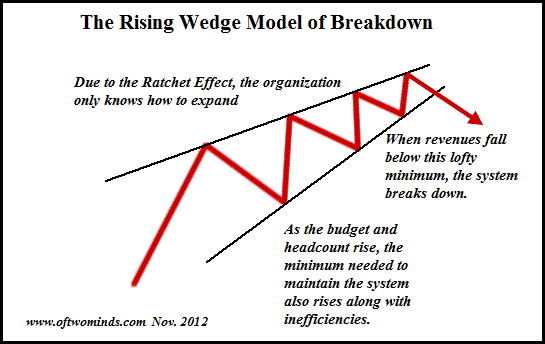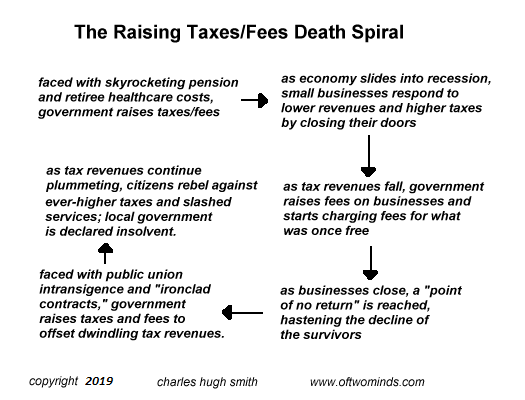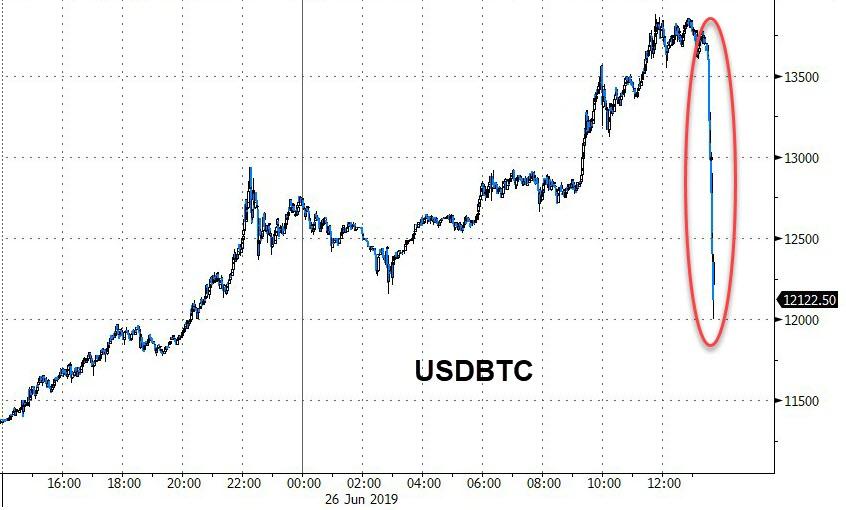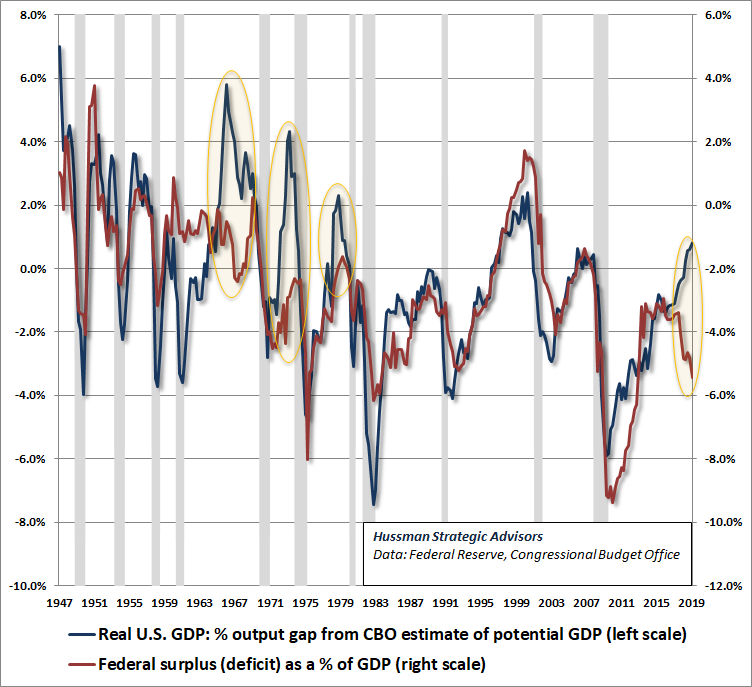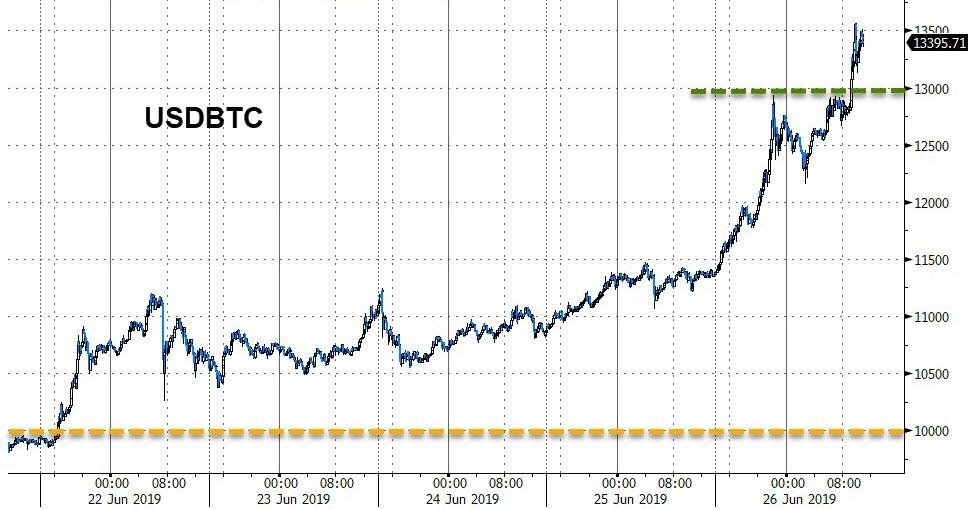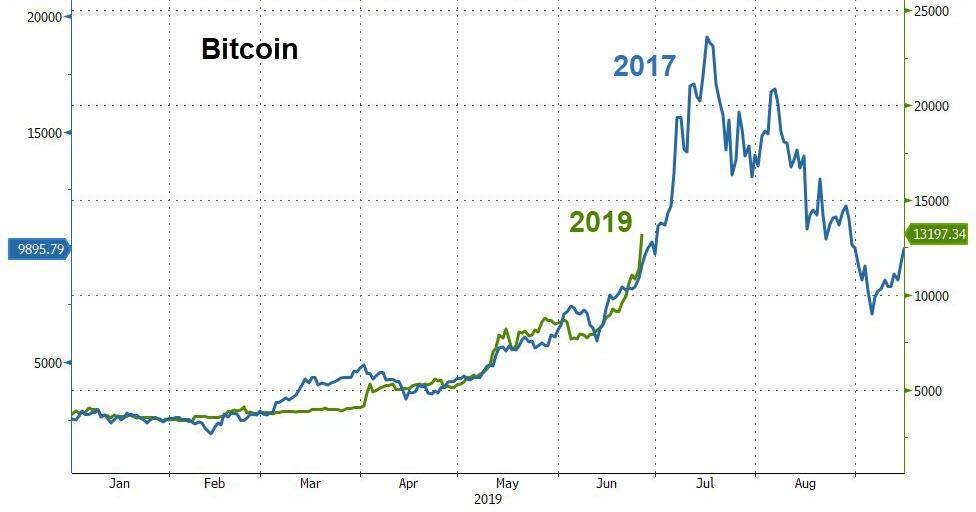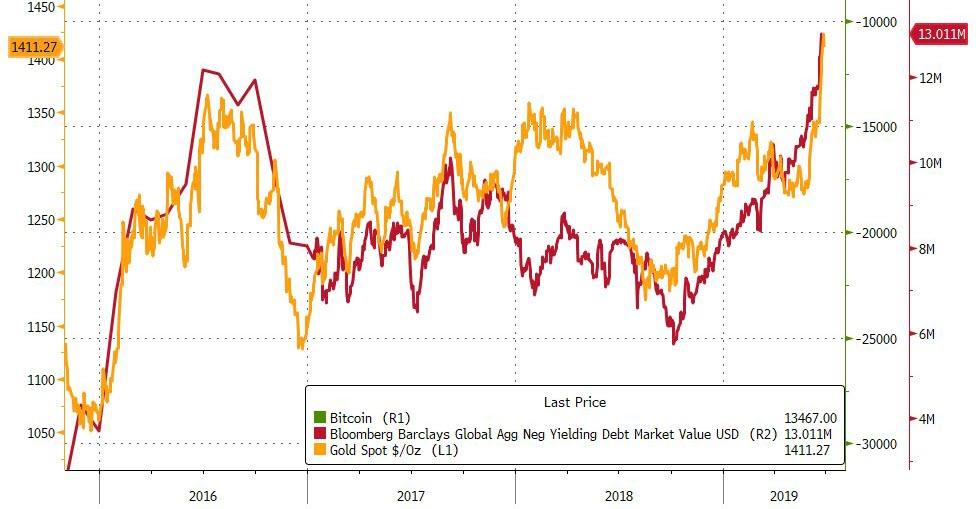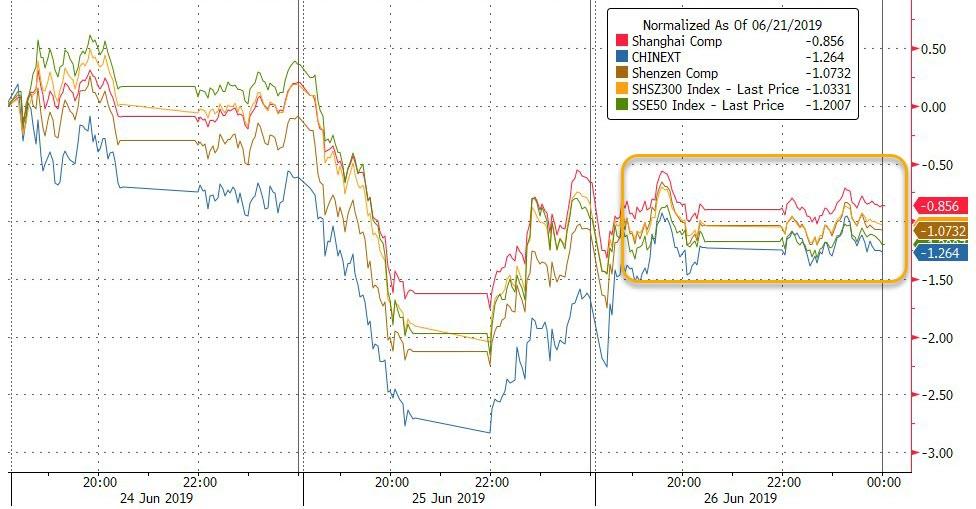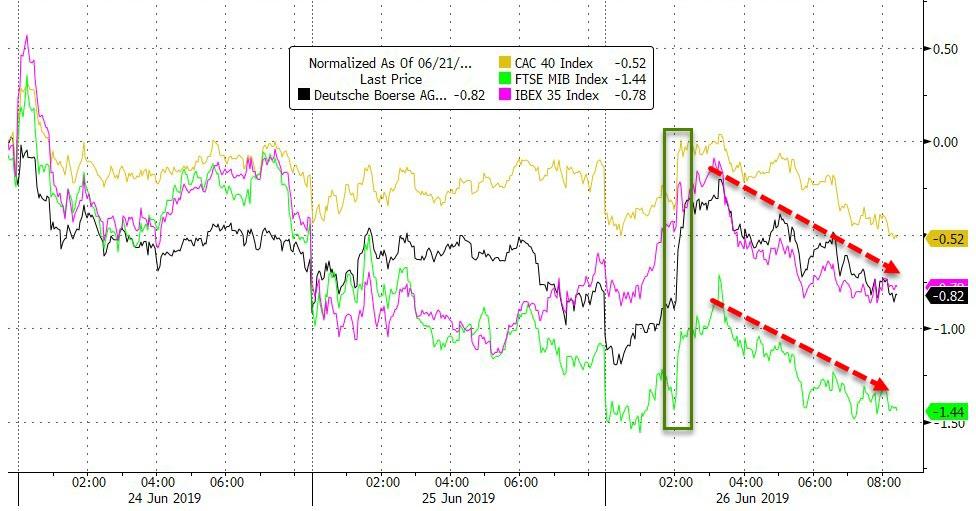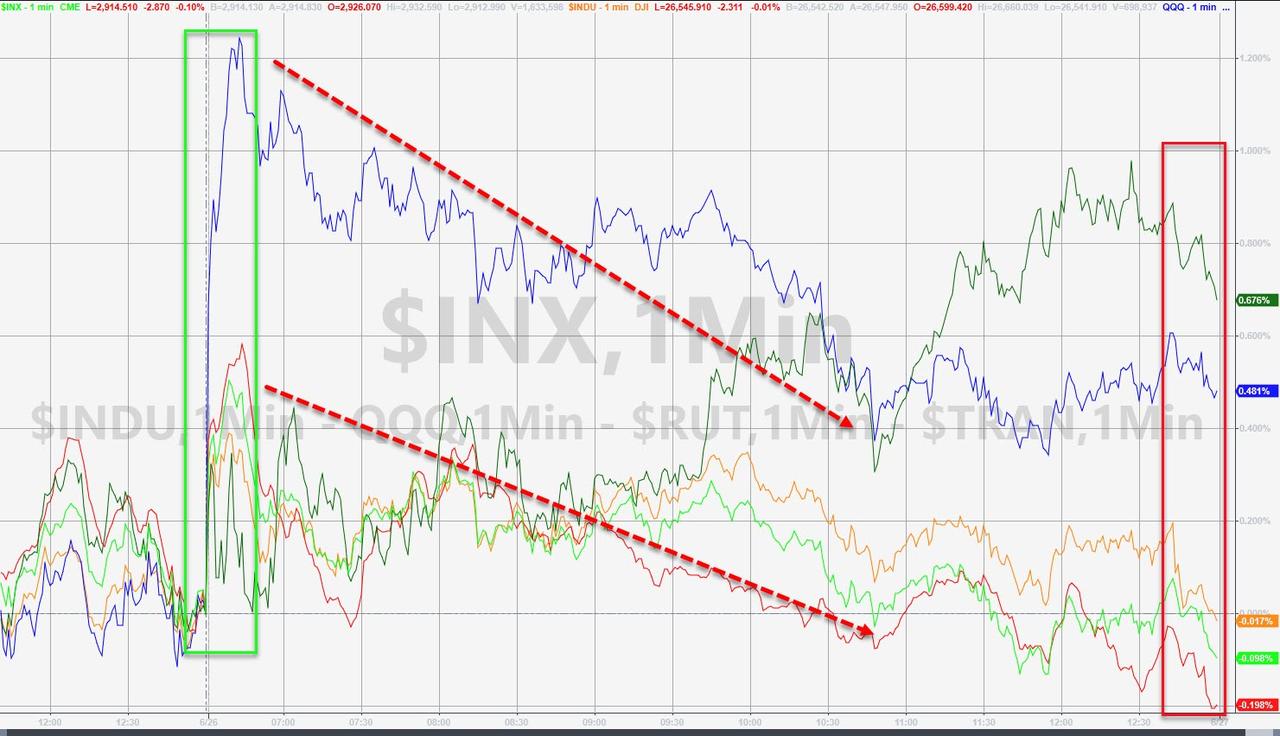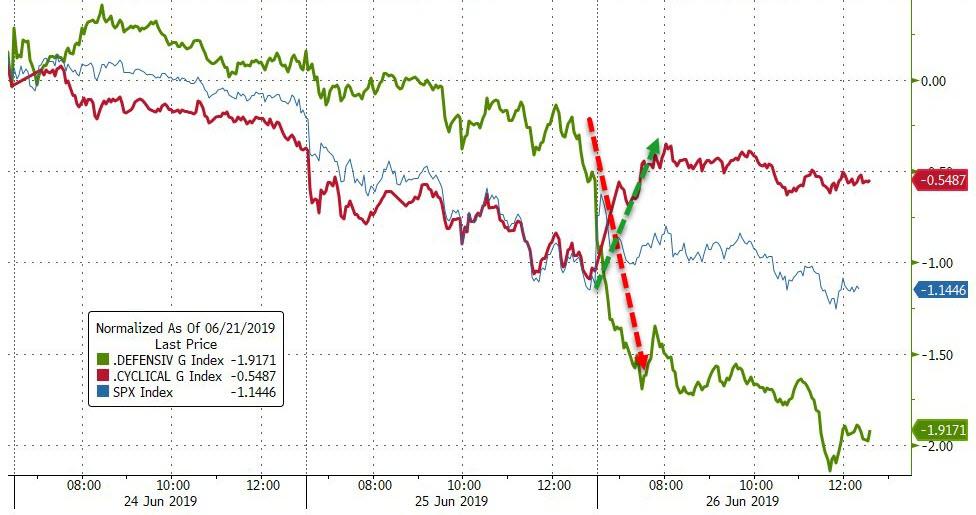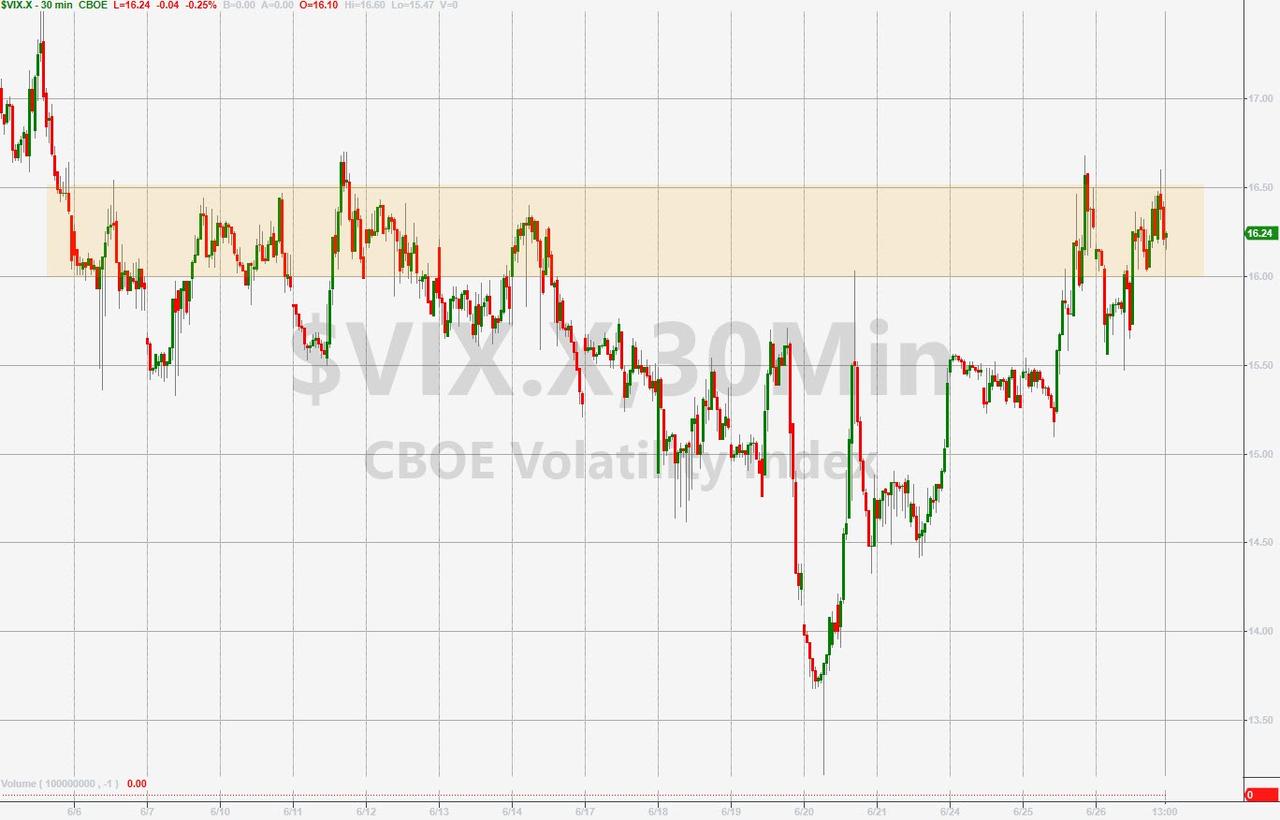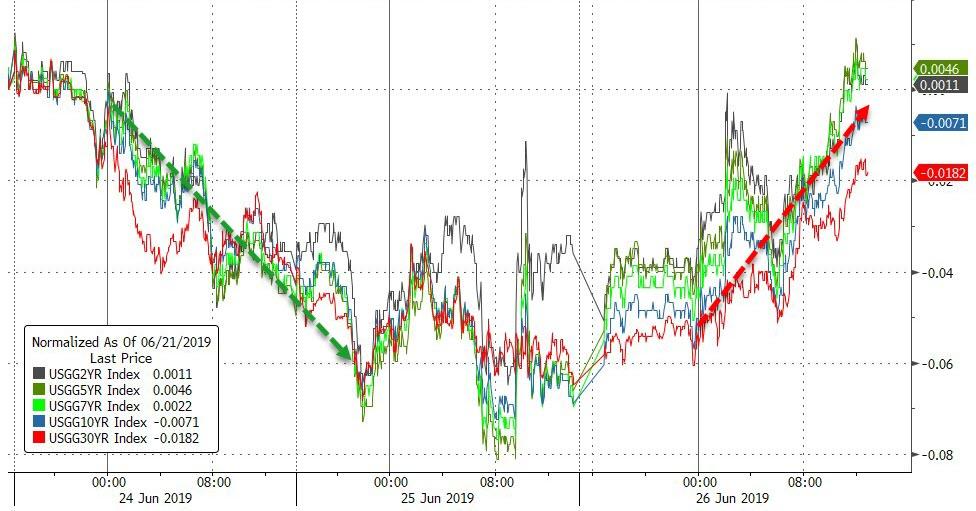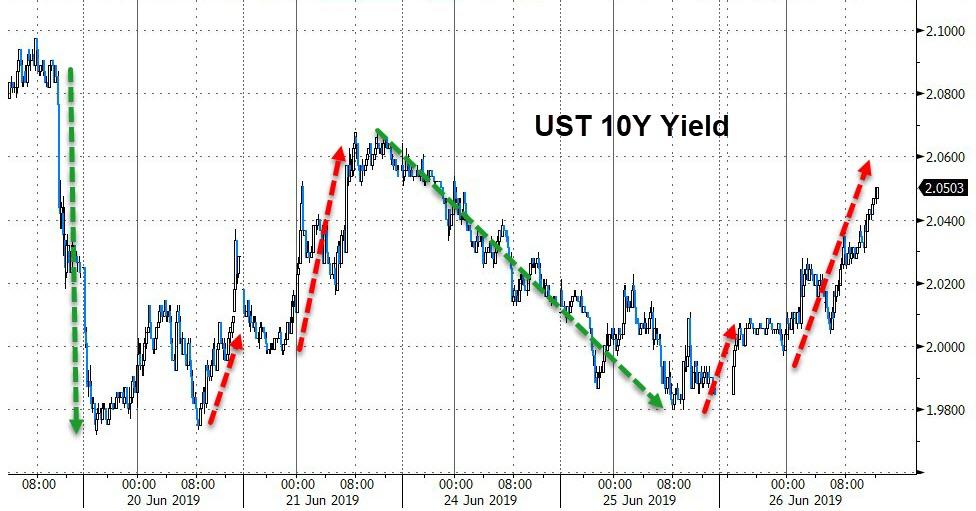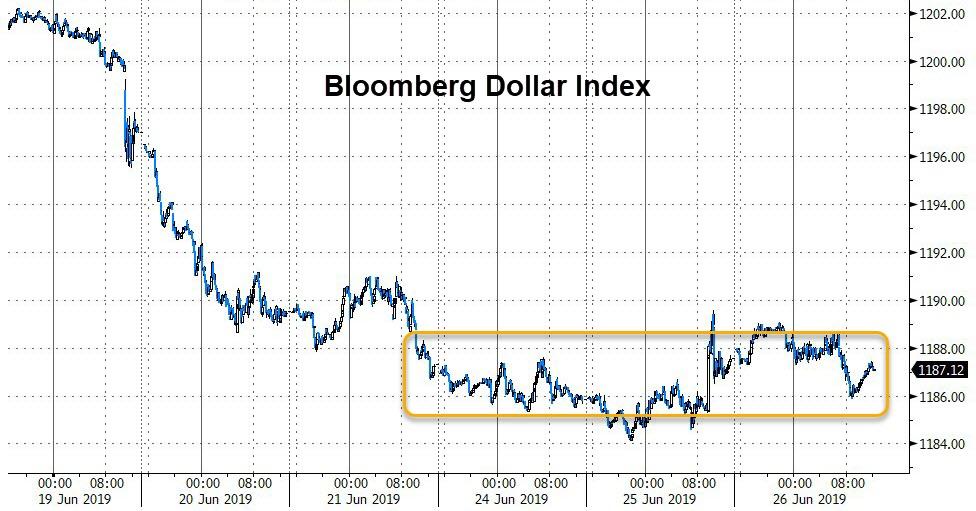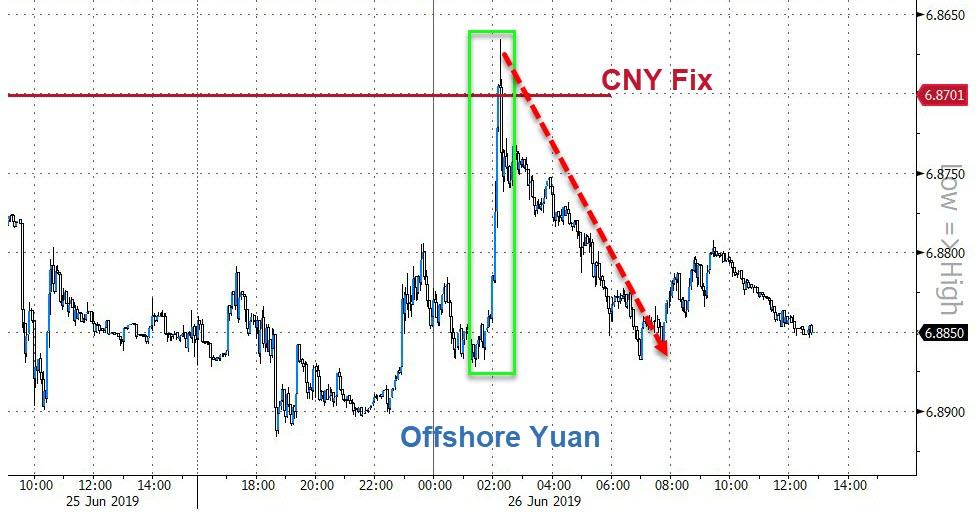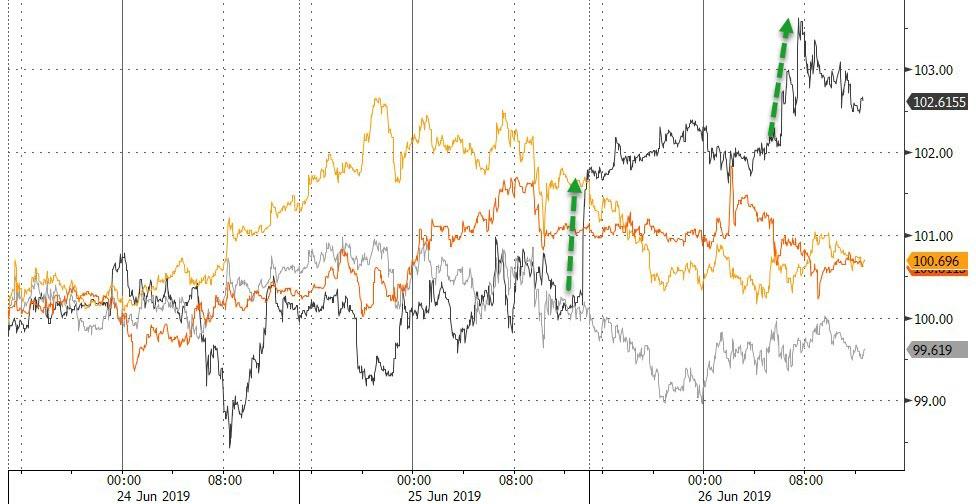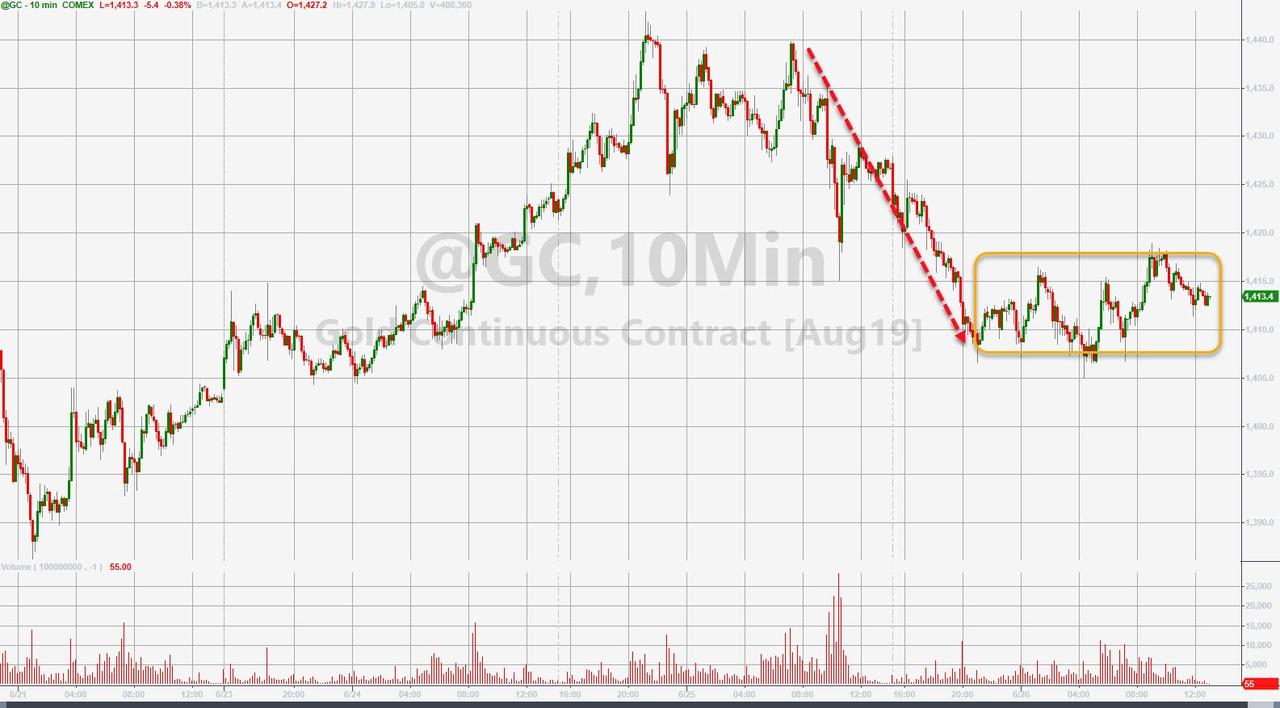As Jonathan writes, the Supreme Court (in Kisor v. Wilkie) has reaffirmed Auer deference, though limiting it in a way analogous to how Mead limited Chevron deference.
Justice Kagan’s opinion is a plurality for the most interesting parts. Her background to Auer (Part II-A) and her rejection of Kisor’s arguments against Auer (Part III-A) are only for four Justices. Chief Justice Roberts joined Part III-B, where he agreed that Auer should be retained for stare decisis reasons, and Part II-A, where he agreed that Auer deference should be interpreted in a limited way. So Justice Kagan’s pro-Auer arguments aren’t part of a majority opinion, though they’ll undoubtedly be very influential among commentators and lower courts.
A couple of things to remark: both Justice Kagan and Justice Gorsuch (the author of the main concurrence in the judgment [i.e., a quasi-dissent, or dissent as to the reasoning, which is all we really care about here]) show their love of contractions: Kagan says “In case you’re wondering”, “if you don’t know”, and “because it often doesn’t”—and, memorably, in reference to an FDA regulatory interpretation that’s incomprehensible to all but those with the requisite chemistry background: “Or, finally, take the more technical ‘moiety’ example. Or maybe, don’t.” And Gorsuch says “don’t, “doesn’t”, “didn’t”, “shouldn’t”, and “that’s” several times. I welcome the new age of contractions (even in majority opinions).
Also, is this some Harvard Law School dean infighting going on, between former Dean Kagan and current Dean John Manning?
To supplement his two APA arguments, Kisor turns to policy, leaning on a familiar claim about the incentives Auer creates. According to Kisor, Auer encourages agencies to issue vague and open-ended regulations, confident that they can later impose whatever interpretation of those rules they prefer. See Brief for Petitioner 37–41. That argument received its fullest elaboration in a widely respected law review article pre-dating Auer. See Manning, 96 Colum. L. Rev., at 654–669. More recently, the concern about such self-delegation has appeared in opinions from this Court, starting with several from Justice Scalia calling for Auer‘s reconsideration. See, e.g., Christopher, 567 U. S., at 158 (citing Manning, supra, at 655– 668); Decker v. Northwest Environmental Defense Center, 568 U. S. 597, 620–621 (2013) (Scalia, J., concurring in part and dissenting in part) (citing Manning, supra); Talk America, Inc. v. Michigan Bell Telephone Co., 564 U. S. 50, 69 (2011) (Scalia, J., concurring) (principally relying on Manning, supra).
Also, note Justice Kagan’s use of “too” as a synonym for “also”, not only in general (nothing wrong with that) but even to begin a sentence. I welcome new and interesting usages and I’ve actually seen this one (rarely) before, but it does feel a little unusual to me:
Too, regulated parties often push for precision from an agency, so that they know what they can and cannot do.
But now I want to focus on a structural aspect of deference: the effect of deference on agency interpretations going forward.
Chief Justice Roberts suggests that the difference between Kagan’s and Gorsuch’s views isn’t all that great: “I write separately to suggest that the distance between the majority and Justice Gorsuch is not as great as it may initially appear.” Not that they’re the same, but “the cases in which Auer deference is warranted largely overlap with the cases in which it would be unreasonable for a court not to be persuaded by an agency’s interpre- tation of its own regulation.” Kavanaugh agrees in his separate concurrence in the judgment.
A reader unfamiliar with administrative law might legitimately ask: what’s the big deal?
Let me approach this with the case of Chevron deference: When agencies interpret statutes that they administer, and when those statutes are ambiguous, courts are required to defer to the agencies’ interpretations as long as they’re reasonable. (This is not the case here: in this case, we’re talking about agency interpretations of their own regulations, not of statutes. But my example right now relates to statutes.)
As we learn from Mead, sometimes Chevron applies and sometimes it doesn’t. When it doesn’t, courts don’t defer to the agency: instead, they do their own interpretation, accepting the agency’s view as long as it’s persuasive.
What’s the difference between Chevron and Skidmore? First, there’s the quantum of deference: people generally think that Chevron is more deferential than Skidmore, because an agency can be unpersuasive but still reasonable. (Maybe this doesn’t make sense; work with me on this.) But there’s a further, structural difference, which would apply even if we found empirically that courts applied the same quantum of deference under Chevron as under Skidmore. It’s the question of who is the actual lawmaker.
Of course Congress passes the original statute. But when the statute is ambiguous as to a certain issue, there’s a gap. Who fills that gap? If there were no agencies, the gap filler would always be the court. The court would interpret the statute, and that interpretation would be set in stone unless the court overruled its previous precedent (or got overruled by a higher court) or unless Congress changed the statute. Likewise, if Skidmore applies, the court is the ultimate lawmaker; even if it agrees with the agency, the court’s interpretation is set in stone, and the agency can’t change the result. (For this reason, I don’t like to say “Skidmore deference”; I prefer to say “Skidmore weight” or “Skidmore persuasiveness” or similar.)
But if the agency has interpreted the statute and we’re in a Chevron scenario, the gap filler is the agency. That’s because, as the Supreme Court said in Chevron (and has reaffirmed repeatedly), we presume (when Chevron applies) that a statutory ambiguity is an implicit delegation of interpretive authority to the agency. The agency is the lawmaker, because Congress has (implicitly) delegated that sort of authority to it. (Assume that this comports with the non-delegation doctrine: perhaps the limitation to reasonable resolutions of the ambiguity provides the requisite “intelligible principle”.)
So suppose an agency could speak chevronically (because the statute is ambiguous and the other prerequisites for Chevron deference are met), but hasn’t gotten around to it yet, and in the meantime, a court (recognizing that the statute is ambiguous) interprets the statute. The agency is allowed to adopt a contrary interpretation—in effect overruling the court. That’s the teaching of the Brand X case, and it makes perfect sense if you accept Chevron‘s implicit delegation theory.
Likewise, suppose an agency has already spoken chevronically and a court defers to the agency at step 2 (recognizing the ambiguity and the agency’s reasonableness). The court hasn’t interpreted the statute. Instead, the court has merely recognized that the agency’s interpretation of the statute (being reasonable) is now the law, because Congress has (by leaving an ambiguity) made the agency (implicitly) the lawmaker. Thus, under Brand X, an agency can come back later and change its interpretation—again, in effect (apparently) overruling the court.
That’s the fundamental structural difference between Chevron and Skidmore, which Scalia was getting at in his Mead dissent: when Chevron is limited and Skidmore takes its place, we restrict the set of cases where the agency is the lawmaker (and can change the interpretation on an ongoing basis) and we expand the set of cases where the court is the lawmaker (and where the agency is powerless to change the interpretation in the future).
Now, how does this play out in the case of Auer deference? Justice Kagan gives us the theory of Auer in her plurality opinion (citations omitted):
We have explained Auer deference (as we now call it) as rooted in a presumption about congressional intent—a presumption that Congress would generally want the agency to play the primary role in resolving regulatory ambiguities. Congress, we have pointed out, routinely delegates to agencies the power to implement statutes by issuing rules. In doing so, Congress knows (how could it not?) that regulations will sometimes contain ambiguities. But Congress almost never explicitly assigns responsibility to deal with that problem, either to agencies or to courts. Hence the need to presume, one way or the other, what Congress would want. And as between those two choices, agencies have gotten the nod. We have adopted the presumption—though it is always rebuttable—that “the power authoritatively to interpret its own regulations is a component of the agency’s delegated lawmaking powers.” Or otherwise said, we have thought that when granting rulemaking power to agencies, Congress usually intends to give them, too, considerable latitude to interpret the ambiguous rules they issue.
Let’s say this again: the power authoritatively to interpret its own regulations is a component of the agency’s delegated lawmaking powers.
In other words, the agency is the lawmaker even when it’s interpreting its own regulations. And since Auer deference will generally attach to materials that lack the force of law (otherwise they would probably get Chevron deference), that means that the agency is the lawmaker (as to the meaning of its own regulations) even when it issues interpretations that lack the force of law! Maybe this might give you some more sympathy for Justice Gorsuch’s concurrence in the judgment.
This means that, when Auer applies (and it now applies less often than one might have thought, and has a smaller quantum of deference than one might have thought), because the agency is the lawmaker, the agency is allowed to change the interpretation of its ambiguous regulations even after a court decision upholding its previous interpretation.
Or, suppose a court interprets the regulation before an agency has had the chance to opine authoritatively. (This won’t usually happen: at least the agency will usually have the chance to file a brief—Kagan says briefs usually don’t get Auer deference (but sometimes might!). But maybe the meaning of the regulation arose in a private negligence per se litigation?) Then a court will have no choice but to interpret the regulation on its own, without any help from the agency. If Skidmore is the standard, that interpretation will be set in stone (unless the agency adopts a new regulation, using all the necessary APA bells and whistles). But if the agency could have spoken auerically, then the agency can authoritatively contradict the court’s interpretation.
Call this Brand Y—it’s like Brand X, but for the Auer context.
So while Roberts and Kavanaugh suggest that the difference between Auer and Skidmore is slight, this is about equivalent to the observation that the difference between Chevron and Skidmore may be slight. Even if empirically we find that deference is the same, it still makes a difference as to who’s the ultimate lawmaker, and therefore as to who has the authority to change the interpretation over time.

from Latest – Reason.com https://ift.tt/2Nd2AEB
via IFTTT




